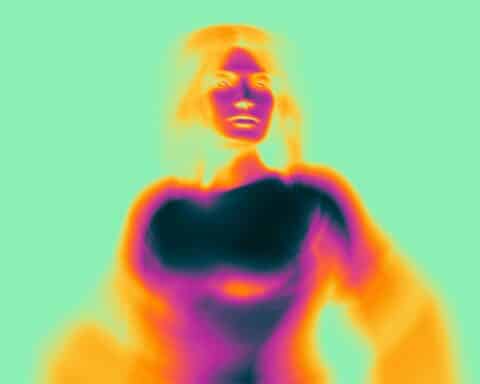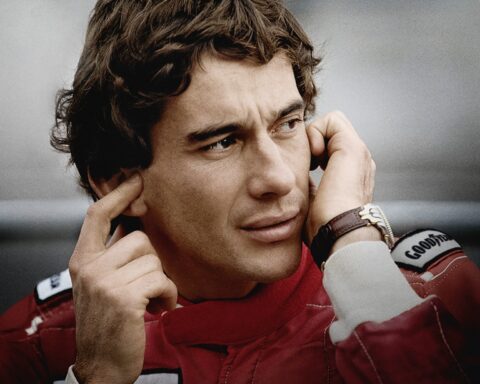For six months, at a height of more than 400 kilometres, French astronaut Thomas Pesquet photographed our beautiful planet. Although his pictures had a sharing dimension, they are also powerful testimonies to the damage inflicted on the Earth by humanity.
Thomas Pesquet returned to Earth on Tuesday 9 November after six months on the International Space Station. The photos he took of our planet during this time alert us to the state of our planet, as well as to our harmful actions towards it.
As he admitted in a video conversation this week with President Emmanuel Macron, Thomas Pesquet has seen the consequences of climate change on Earth from the stars. According to the astronaut, the situation has even worsened since his last stay on the International Space Station.
Voir cette publication sur Instagram
The first Frenchman to command the ISS has immortalised the damage inflicted on the Earth by mankind through his regular photographs taken from the station’s dome, and has shared his feelings on social networks about “the fragility of the Earth, an oasis with limited resources“.
The first observation is the melting of glaciers, these white monsters that disappear little by little each year. “Everywhere they are retreating, which can be seen from space, not only with the naked eye, but above all thanks to observation satellites,” he says. He has also been able to witness the rising sea levels that threaten many islands and coasts around the world. Venice, Dakar and Polynesia are all areas and territories threatened with disappearing in the coming decades.
Voir cette publication sur Instagram
Similarly, Thomas Pesquet was able to witness first-hand the exploitation and depletion of natural resources. The Amazon, for example, the green lung of the planet and the largest tropical forest in the world, is on the verge of its climate change point, and of becoming a savannah. “You can clearly see the cuttings, which are going up along the rivers,” Thomas Pesquet observed. “One of the results of deforestation is erosion, and therefore the sediments that are carried by the rivers to the ocean and which further deteriorate the banks”. The astronaut was also able to take photos of other symbols of human activity, such as mines or the night-time luminosity of cities, which no longer experience the dark night.
Voir cette publication sur Instagram
But this is only a small part of the problem. The uncontrolled growth of cities, which threatens biodiversity, forest fires caused by increasingly powerful and frequent heat waves, the multiplication of extreme climatic phenomena, etc. Thomas Pesquet was able to witness all of this from space, and thus benefit from a global vision of the problem. The astronaut hopes that the leaders currently meeting in Glasgow for COP26, after a “disappointing” COP25, “will be able to better unite and agree on the essential objectives and means to be implemented to preserve a habitable planet.”
Voir cette publication sur Instagram
Read Also > [LUXUS+ MAGAZINE] FORZA HORIZON 5 : THE MOST BEAUTIFUL MODELS OF LUXURY VEHICLES
Featured Photo : © Flickr




















